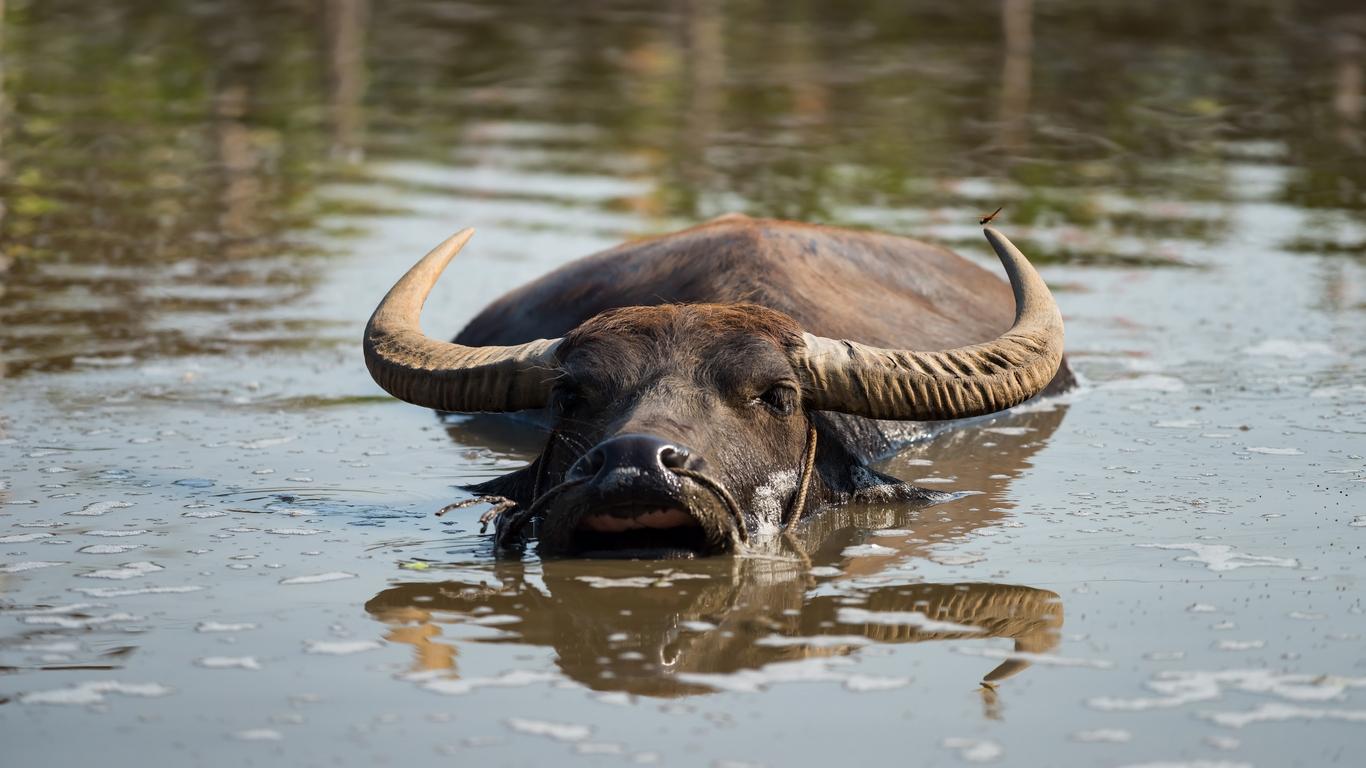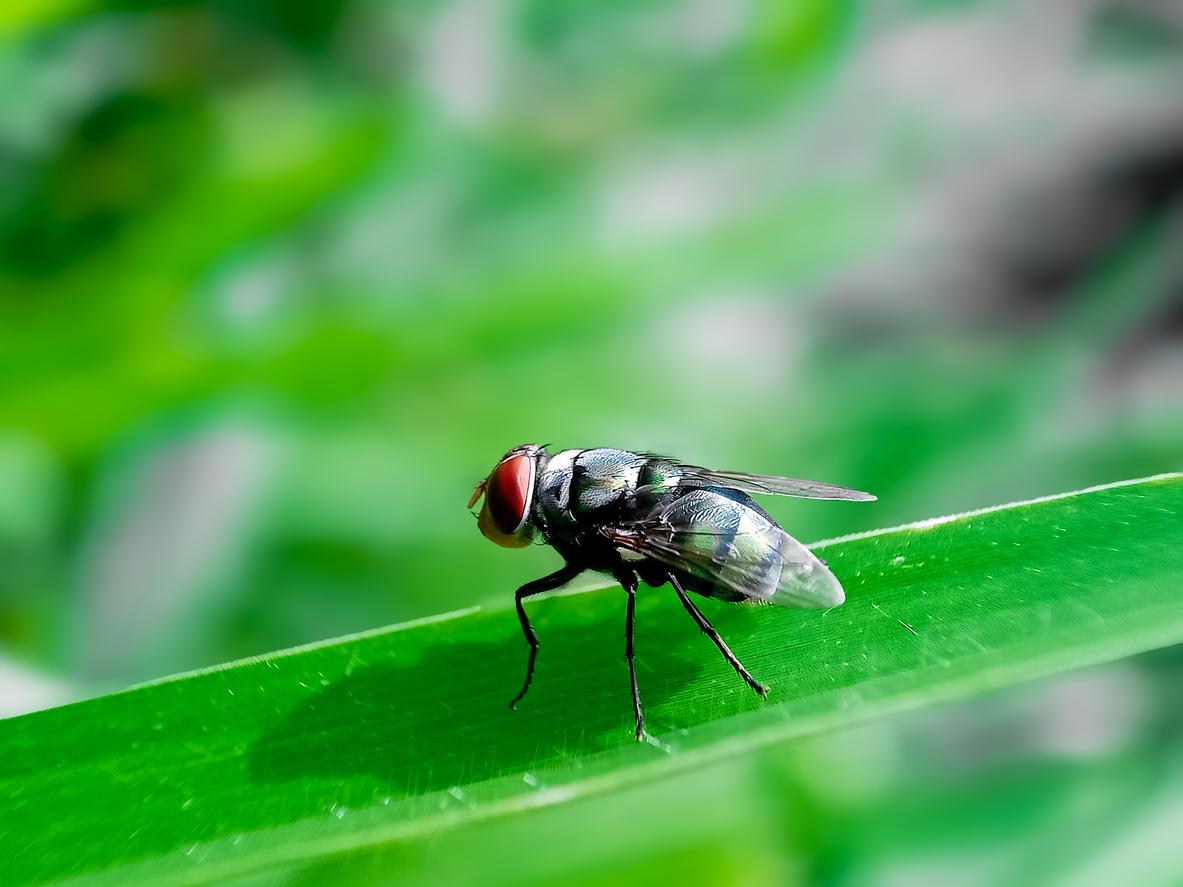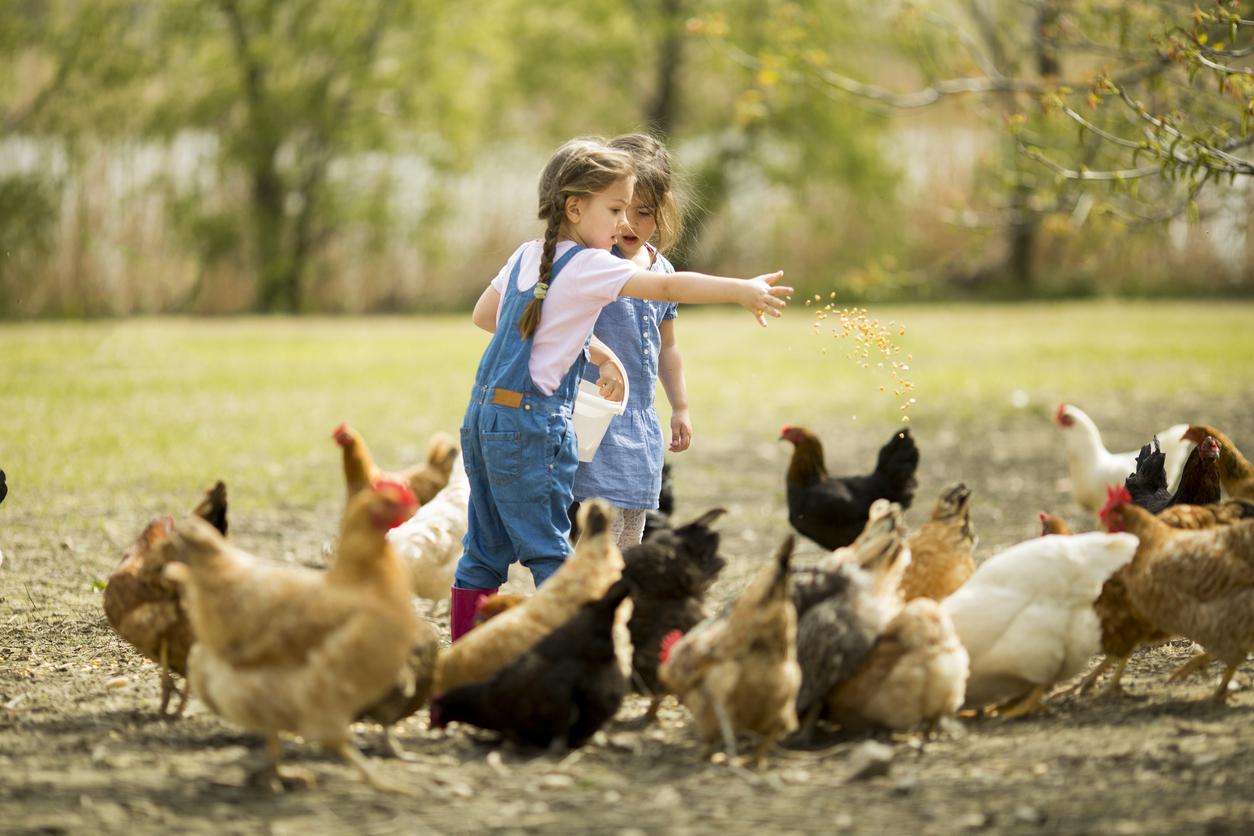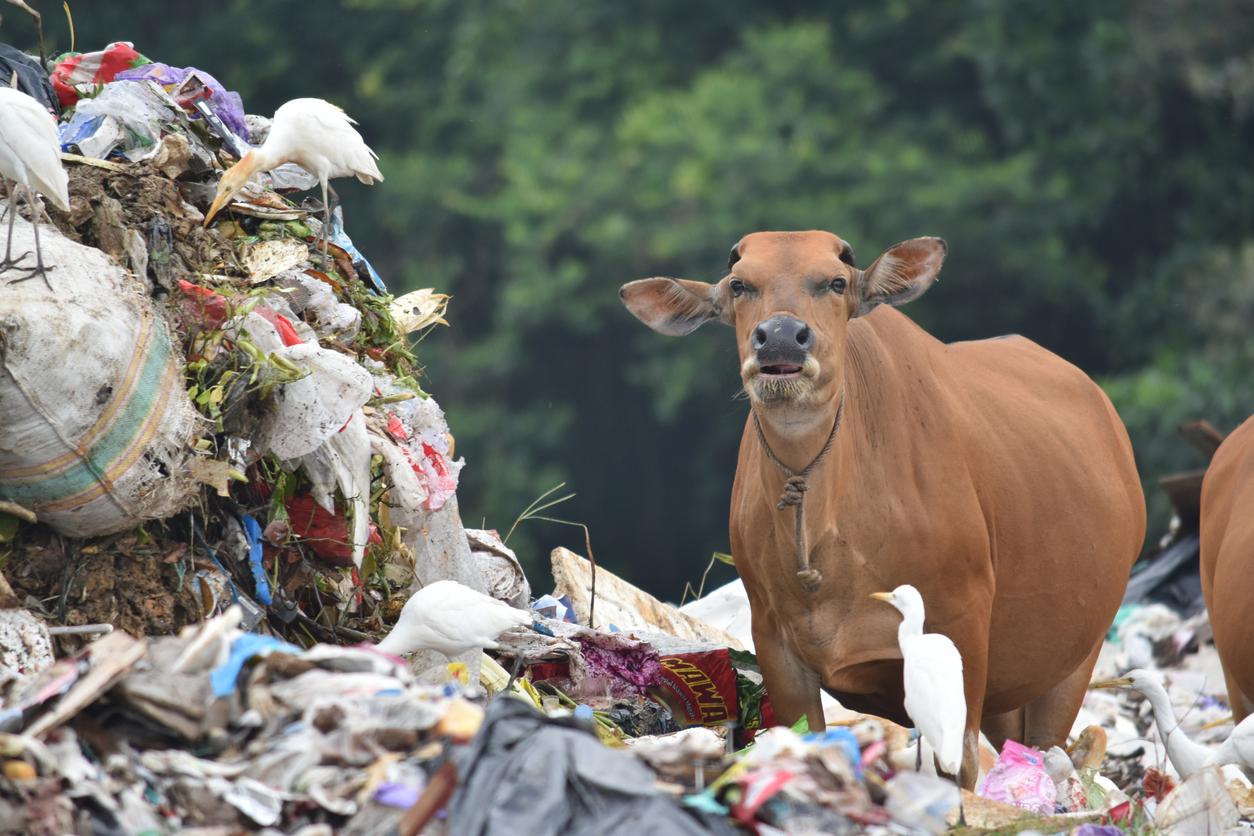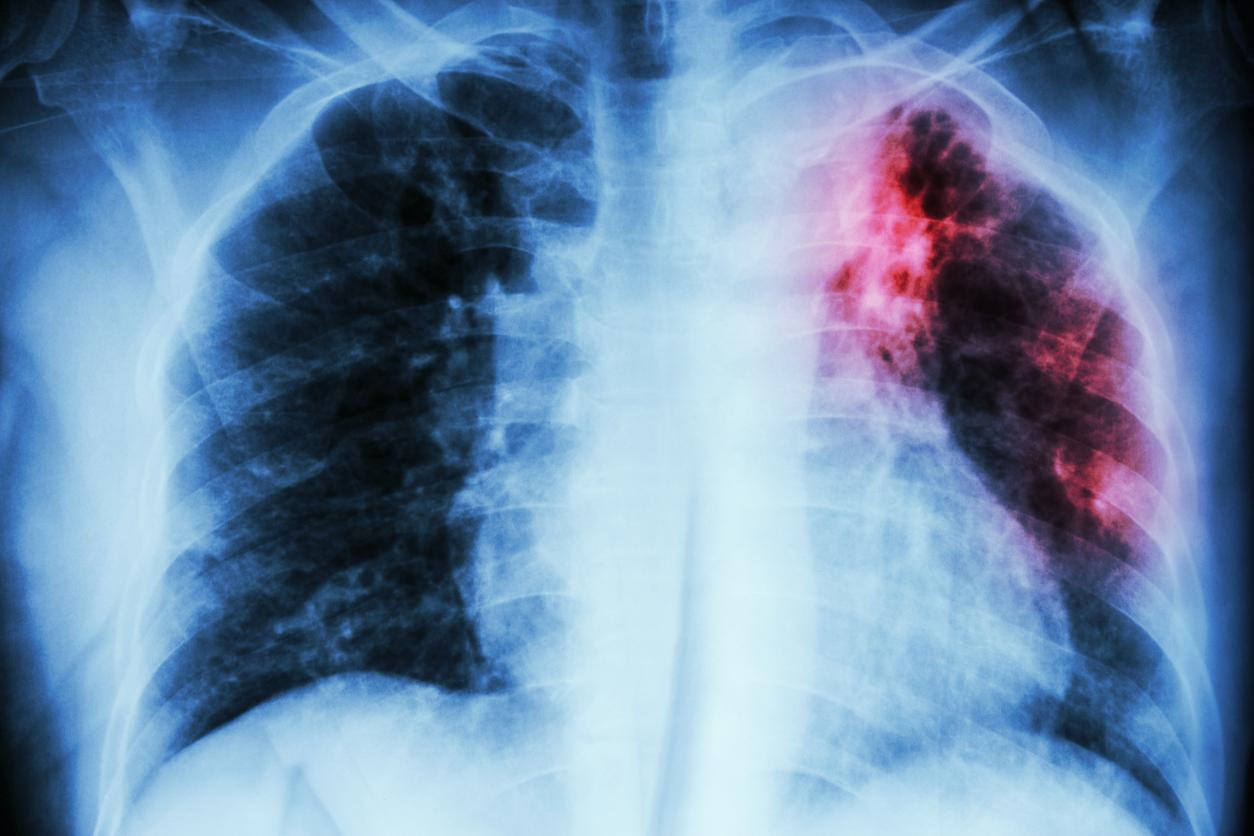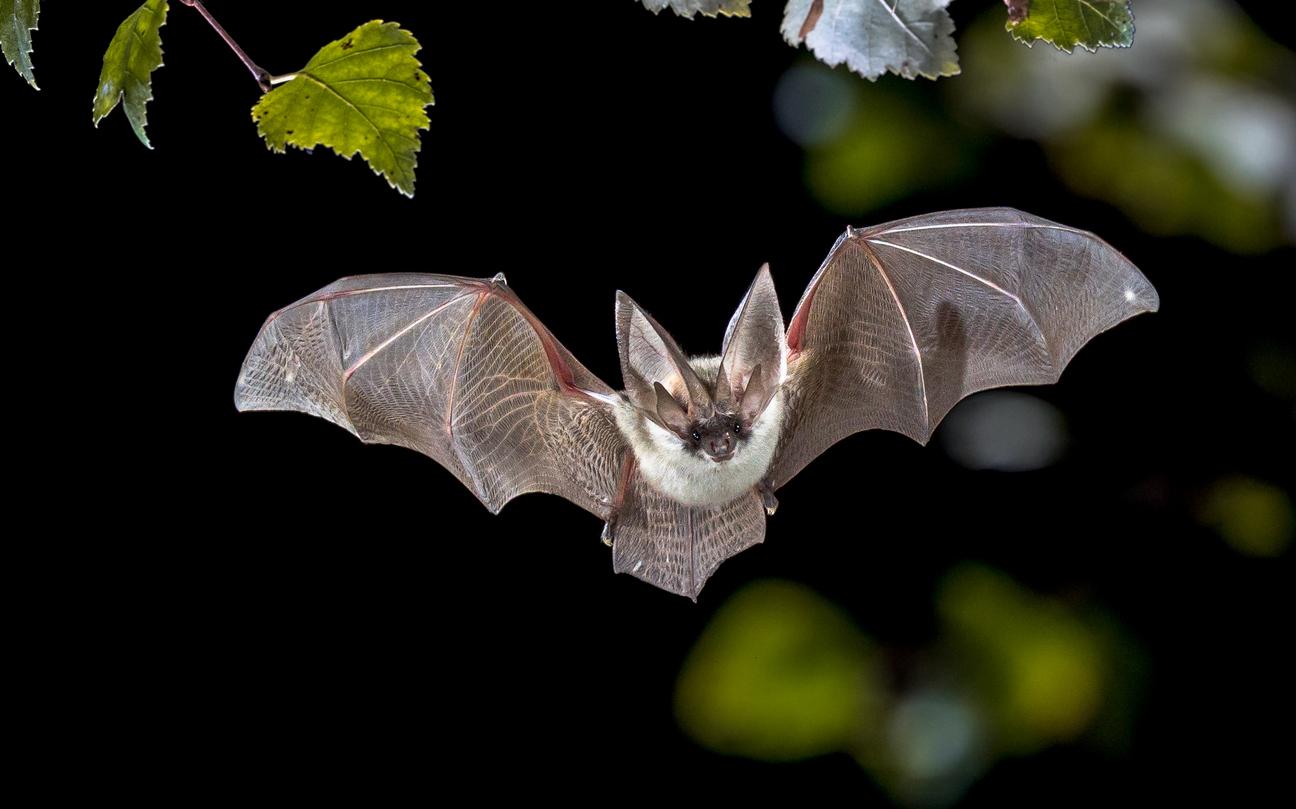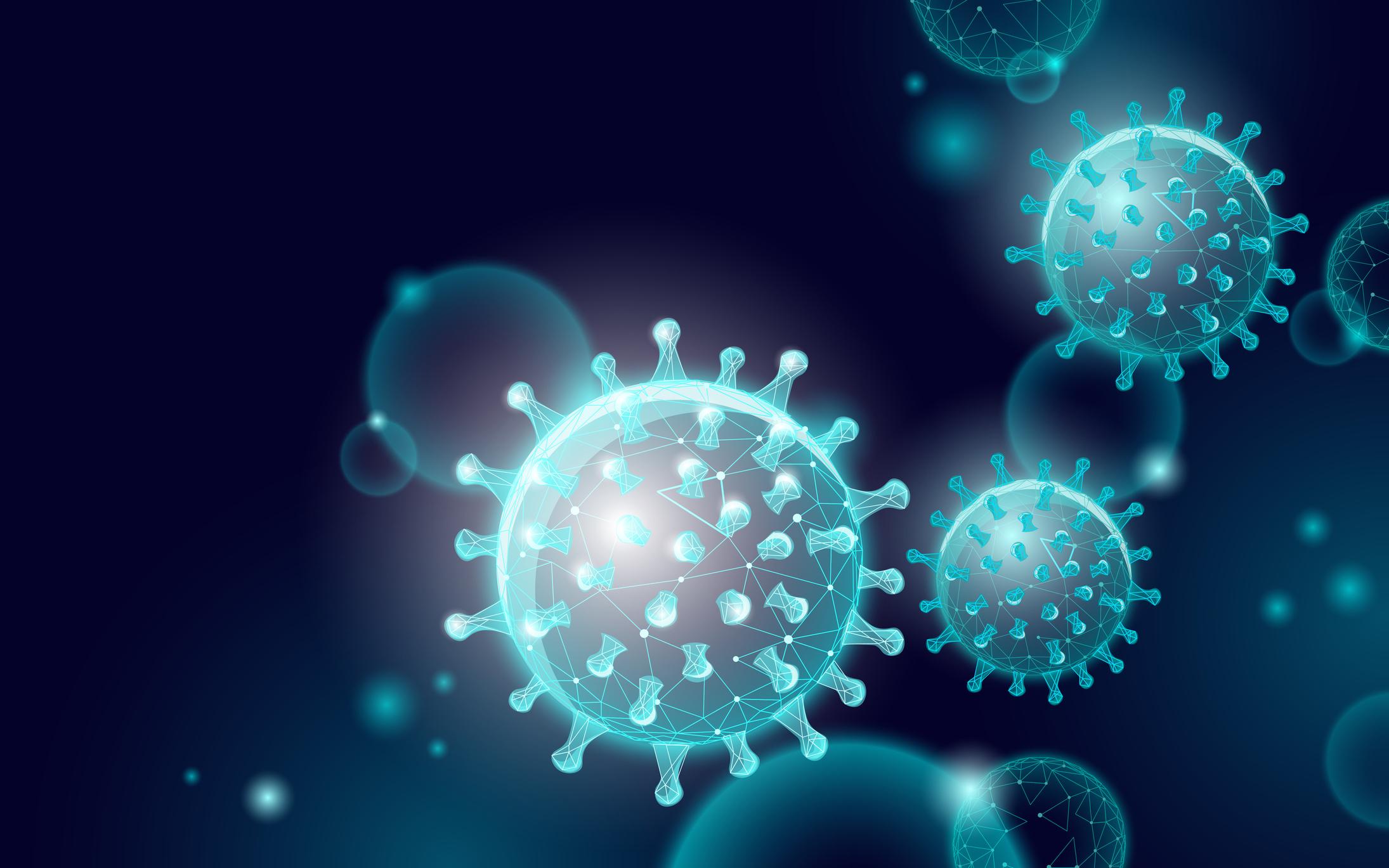A zoonosis is an infectious disease that has passed from animals to humans. It can be of bacterial, viral or parasitic origin and spread by direct contact or by food, water and the environment.

- There are more than 200 types of zoonosis and it is estimated that they correspond to 60% of infectious diseases. They affect 2.6 billion people every year.
- There would remain 1.7 million zoonoses to be discovered in mammals and birds and more than 800,000 could be able to infect humans.
Do you know the common point between Covid-19, Ebola fever, avian flu, Zika and monkeypox? They are all zoonoses: infectious diseases transmitted to humans from animals. There are more than 200 types of zoonosis and it is estimated that they correspond to 60% of infectious diseases. They affect 2.6 billion people each year.
Many zoonoses can be deadly
Some zoonoses, such as rabies, are only transmitted by direct contact between animals and humans, such as a bite. But many of them first affect animals and can then be transmitted from person to person on a large scale and create an epidemic. For example, avian influenza passed from wild waterfowl to farmed poultry, and then spread to humans.
Many zoonoses are also transmitted to humans through mosquito bites, making it the deadliest human being in the vertebrate and invertebrate world, with at least 725,000 deaths each year. They are vectors of diseases such as Zika for example, but especially malaria, of which 212 million cases have been recorded with 429,000 deaths according to the World Health Organization. Bats and rodents are also the main vectors of zoonoses. Often the pathogens that live in them do them no harm.
An old but growing phenomenon
Zoonoses are not a new phenomenon, measles and malaria have been known for hundreds of years. But it is a rapidly expanding phenomenon: according to certain studies, three-quarters of the infectious diseases that have emerged over the past thirty years are zoonoses. The reason ? Humans tend to get closer and closer to wild animals.
There are several causes for this: mainly deforestation, but also unbridled urbanization and industrialization as well as the impacts of global warming on the environment (droughts, floods, forest fires, etc.) which force certain species to move closer to human habitation or farming areas. Farm animals can then serve as relays for viruses or bacteria from wildlife.
The trafficking and consumption of wild animals also increases the risks. The transmission of the Ebola virus by wildlife has been linked in particular to the handling and butchering of bushmeat.
The worst is probably yet to come
What’s worse is that many zoonoses could potentially be discovered in the next few years. Just for viruses, a group of UN experts estimates that there are still 1.7 million to be discovered in mammals and birds and more than 800,000 could be able to infect humans.
The problem is that certain geographical areas are more conducive than others to the transmission of infectious agents between species: South East Asia, North America, sub-Saharan Africa, India… These are also the areas which will be intensely populated in the next few years by men. This could make these places the starting point for future pandemics.









